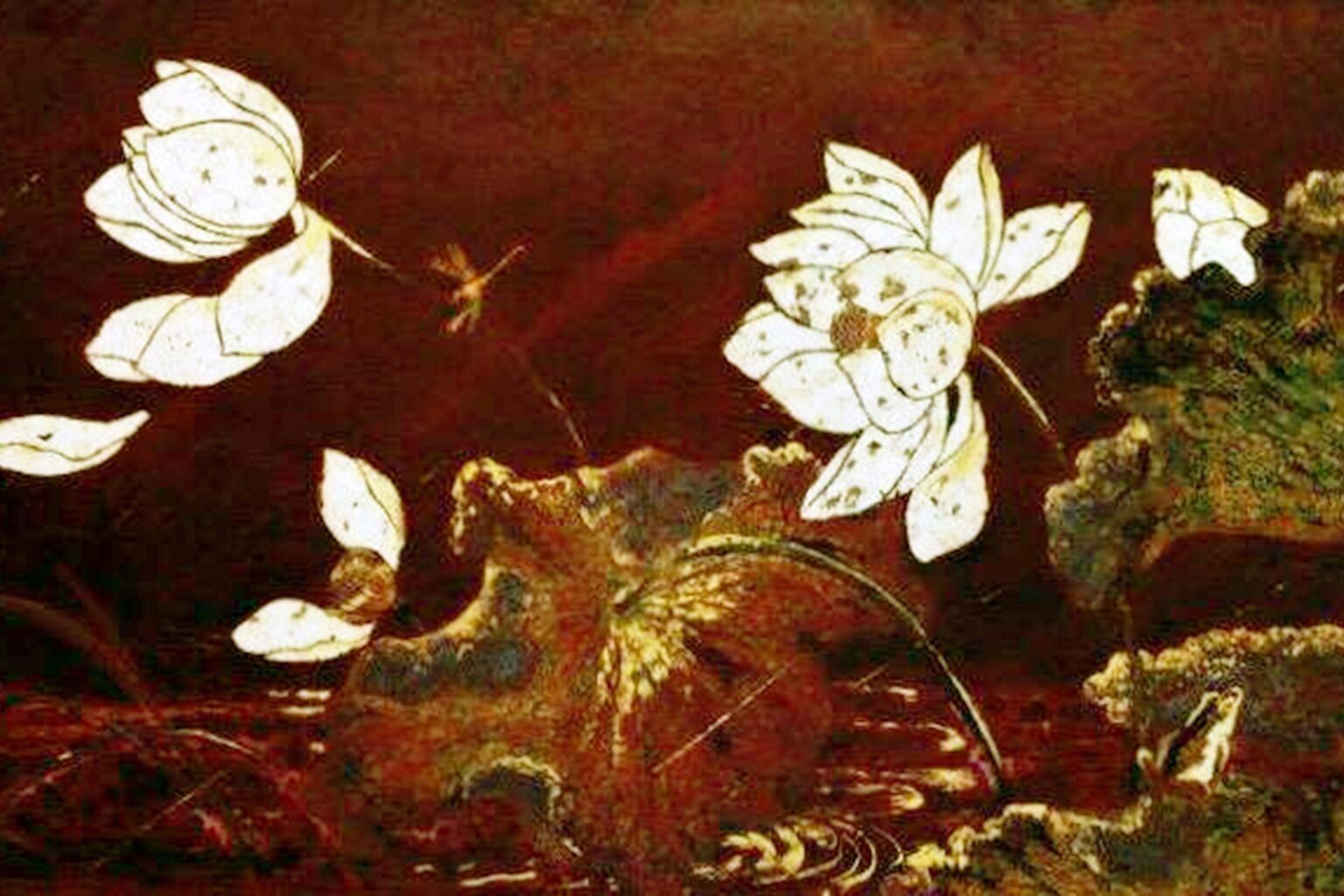When it comes to traditional arts in Southeast Asia, Vietnam lacquerware stands as one of the most refined, symbolic, and visually captivating crafts in the region. With a history spanning centuries and roots deeply embedded in Vietnam’s cultural identity, this intricate art form continues to amaze both locals and global admirers alike.
Whether you’re a traveler seeking meaningful souvenirs, an art lover fascinated by Asian aesthetics, or a collector of cultural treasures, discovering Vietnam lacquerware offers a one-of-a-kind experience that blends creativity, tradition, and craftsmanship.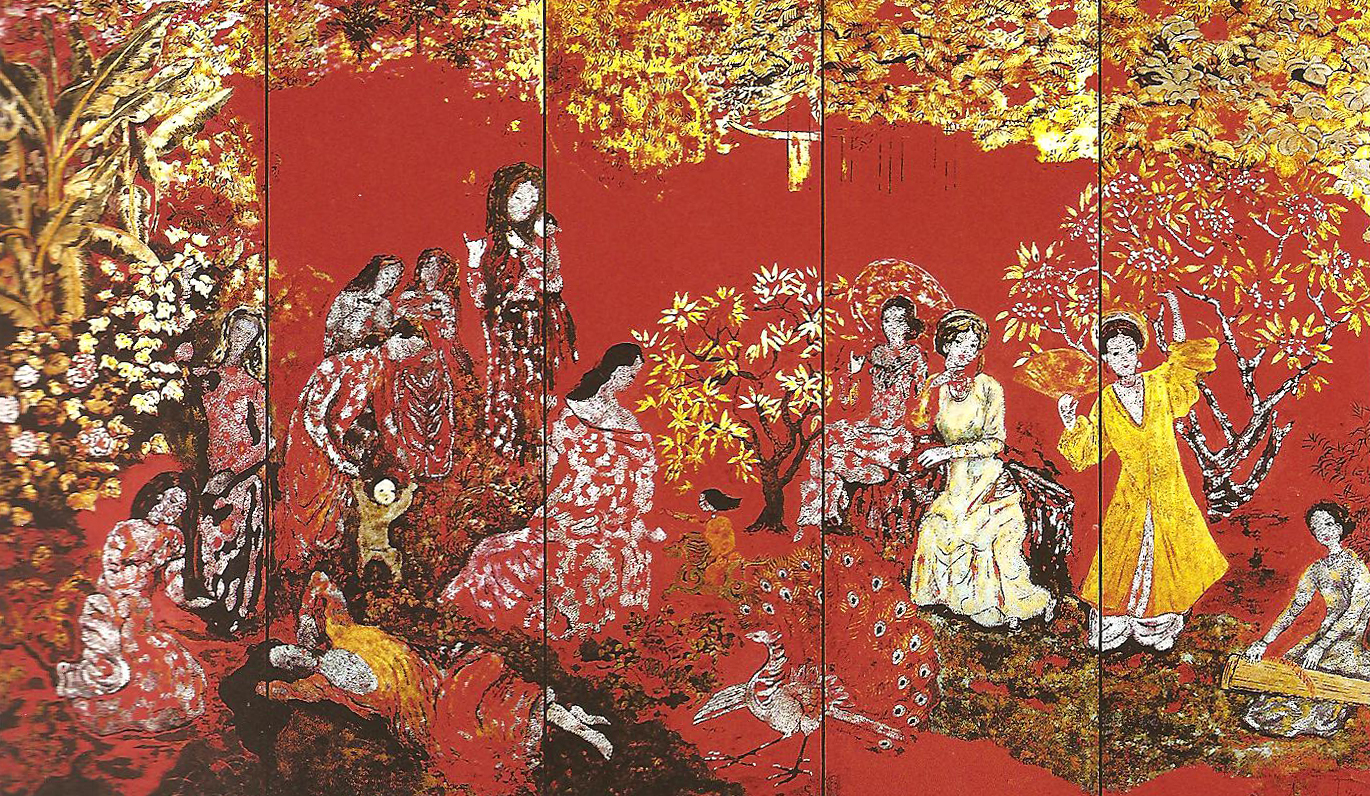
🌿 What Is Vietnam Lacquerware?
Vietnam lacquerware (or sơn mài Việt Nam in Vietnamese) refers to a traditional technique of decorating objects using layers of lacquer derived from the sap of the Rhus succedanea tree (native to East Asia). The process involves meticulous layering, polishing, and often the application of decorative materials like eggshell, mother-of-pearl, silver, or gold leaf.
Used for centuries in Vietnam to embellish religious artifacts, royal furniture, and everyday objects, lacquerware is both functional and artistic—combining durability with elegance.
🎨 The History of Vietnam Lacquerware
🌱 Ancient Origins
Lacquer techniques originated thousands of years ago in China and spread across East and Southeast Asia. In Vietnam, lacquer art was first recorded as early as the 17th century, gaining prominence in royal courts and Buddhist temples.
Vietnamese artisans soon refined the process, developing unique methods of hom, lót, vẽ, and đánh bóng (sanding, priming, drawing, and polishing) to produce artwork with exceptional depth and brilliance.
🏛️ Colonial & Modern Influence
During the French colonial era, lacquer was elevated from folk craft to fine art. Vietnamese painters like Nguyễn Gia Trí and Nguyễn Tư Nghiêm introduced lacquer to modern painting, showcasing it at global exhibitions. Since then, Vietnam lacquerware has become a key element in both traditional and contemporary Vietnamese art.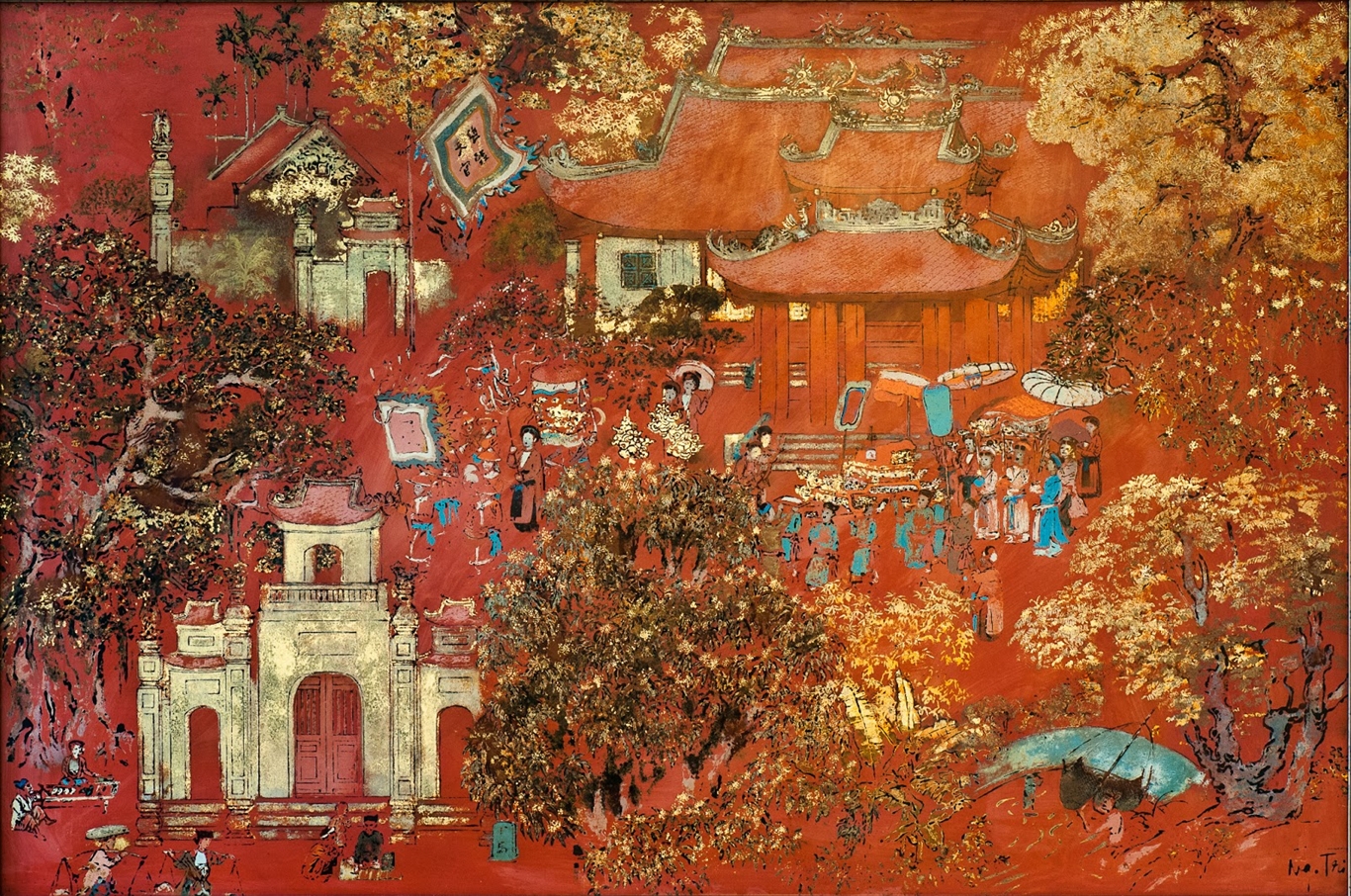
📍 Where to Discover Vietnam Lacquerware
🏘️ 1. Hạ Thái Village – Hanoi
- Location: Duyên Thái Commune, Thường Tín District, ~17 km south of Hanoi
- What to see: Traditional workshops, artisan demonstrations, and lacquer painting classes
- Why visit: Over 400 years of lacquer tradition with pieces exported worldwide
🏘️ 2. Tương Bình Hiệp Village – Bình Dương
- Location: Tương Bình Hiệp Ward, Thủ Dầu Một City, Bình Dương Province
- Highlights: Large-scale lacquer furniture, religious art, and decorative panels
- Experience: Watch artisans apply gold leaf, inlay mother-of-pearl, and use up to 30 layers of lacquer
🖼️ 3. Hanoi Fine Arts Museum
Explore lacquer masterpieces from Vietnam’s most renowned 20th-century painters. It’s a perfect primer before visiting artisan villages.
🛍️ 4. Art Galleries and Boutiques
- Hanoia (Hanoi & Saigon): High-end lacquerware for contemporary décor
- 54 Traditions Gallery (Hanoi): Antique and museum-quality pieces
- Craftlink (Hanoi): Fair-trade crafts supporting ethnic minority artisans
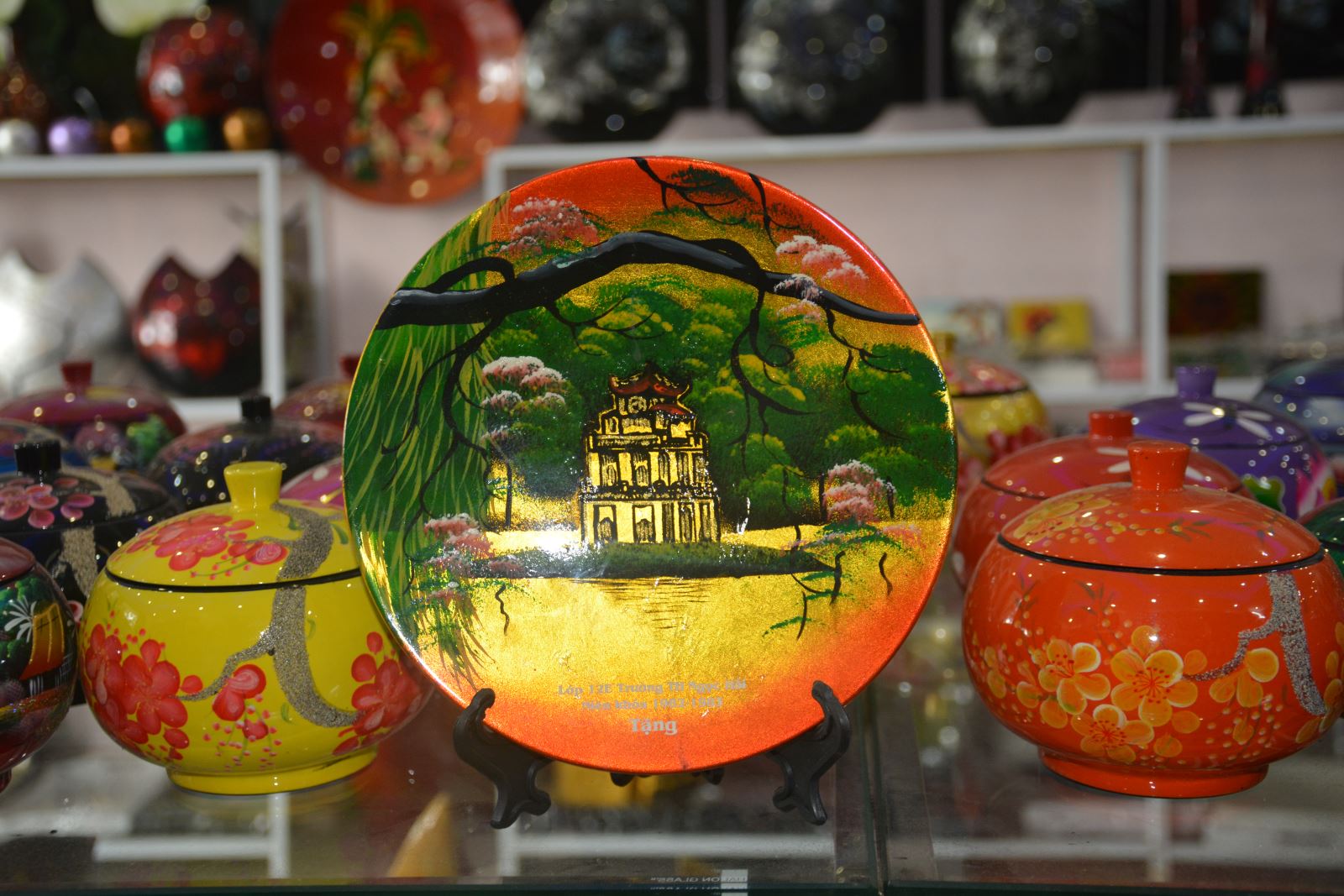
🛠️ How Vietnam Lacquerware Is Made
Creating a lacquerware piece is an intensive, multi-stage process that can take weeks or even months to complete. Here’s an overview of the traditional method:
1. Core Base Preparation
- Base materials: wood, MDF board, bamboo, or ceramic
- Covered with layers of cloth, clay, and sap to create a stable surface
2. Layering with Natural Lacquer (Sơn Ta)
- The object is coated with multiple layers of lacquer mixed with natural clay
- Each layer is dried, sanded, and polished—repeated up to 30 times
3. Decorative Inlays
- Eggshell Inlay: Adds white tones and texture
- Mother-of-Pearl: Reflects light with iridescence
- Gold/Silver Leaf: Provides richness and royal elegance
4. Coloring & Painting
- Natural pigments are used to create vibrant reds, blacks, browns, and golds
- Artists apply intricate motifs including lotuses, landscapes, cranes, and village life
5. Final Coats & Polishing
- Final lacquer layers protect the artwork and create a mirror-like gloss
- Sanded with charcoal and polished to reveal hidden layers of design
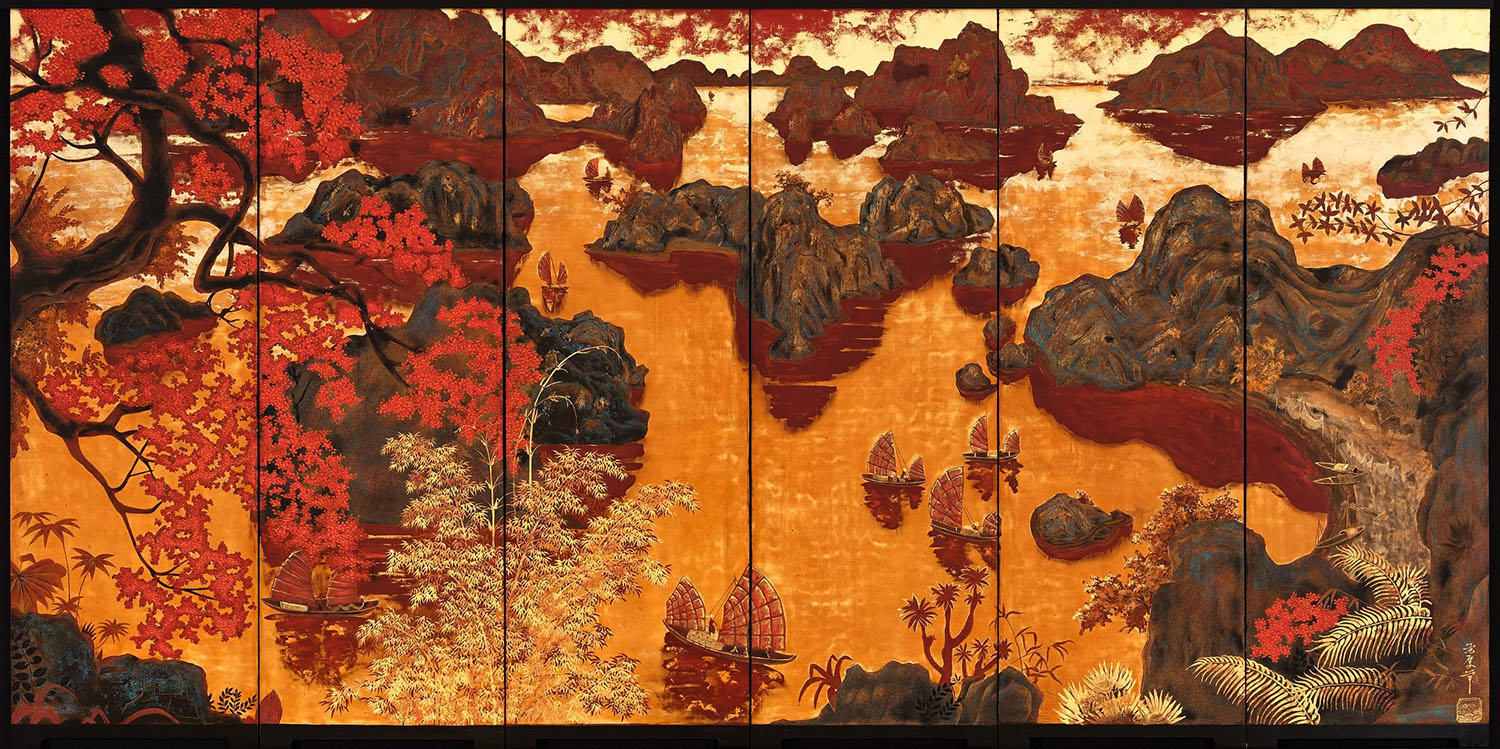
🔍 What Makes Vietnam Lacquerware Unique?
✅ Multi-Layered Depth
The layer-upon-layer process creates visual depth, subtle shadows, and a “glow from within” that is unmatched by other decorative techniques.
✅ Symbolism in Design
Vietnamese lacquerware is rich in cultural symbolism. Common themes include:
- Lotus flowers: Purity, enlightenment
- Dragons and cranes: Power, longevity
- Bamboo and pagodas: Strength and spiritual peace
✅ 100% Handmade
Each piece is a unique work of art—no two are exactly alike. The artisan’s style, patience, and technique are visible in every detail.
✅ Durability
Natural lacquer makes the surface water-resistant, heat-resistant, and highly durable, lasting for generations when properly cared for.
🧳 Best Vietnam Lacquerware Products to Buy
| Item | Description |
| Lacquer Paintings | Stunning wall art blending tradition and abstraction |
| Decorative Boxes | Jewelry, tea, or trinket boxes with inlaid patterns |
| Vases & Bowls | Elegant centerpiece items for homes and offices |
| Lacquer Trays | Practical and decorative for serving or display |
| Furniture | High-end tables, chairs, and cabinets with full lacquer finishing |
| Lighting Fixtures | Unique lamps and shades with a warm, glossy sheen |
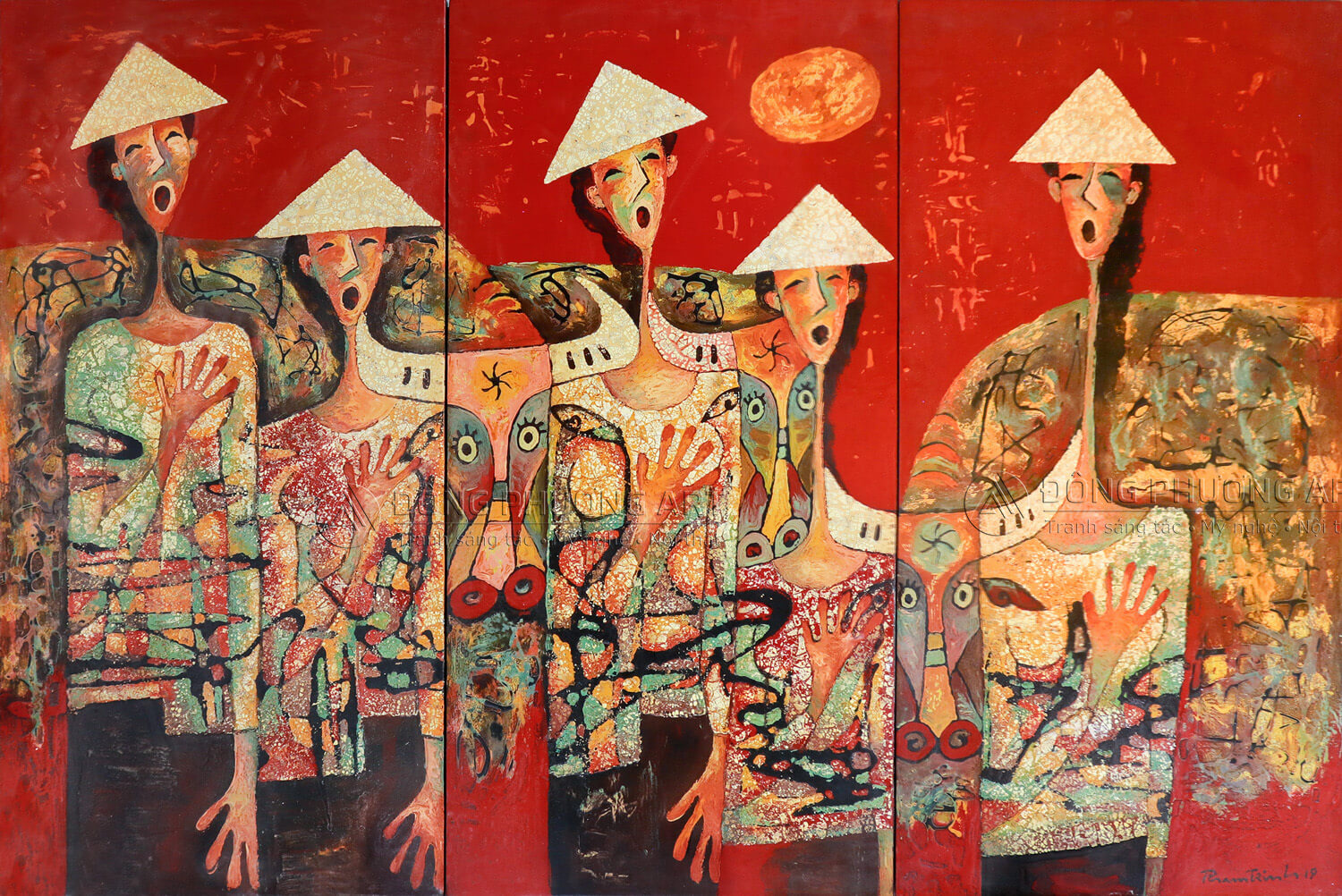 🗺️ Planning a Lacquerware Tour in Vietnam
🗺️ Planning a Lacquerware Tour in Vietnam
For visitors who want more than shopping, a lacquerware tour provides immersion into artisan culture.
📆 Sample Day Tour to Hạ Thái Village
- 9:00 AM: Pickup in Hanoi
- 10:00 AM: Arrive at the village, meet lacquer artists
- 10:30 AM: Observe process: carving, layering, inlay, polishing
- 11:30 AM: Participate in painting or gold-leafing
- 1:00 PM: Lunch with a local family
- 2:00 PM: Visit lacquerware gallery, shopping opportunity
- 3:30 PM: Return to Hanoi
Tours often include English-speaking guides, transportation, and hands-on sessions. Prices range from $25–$70 per person.
🌍 Vietnam Lacquerware and Sustainability
Lacquerware embodies sustainable craftsmanship in the modern age:
- Eco-friendly materials: Sơn ta, eggshell, and bamboo are biodegradable
- Low carbon footprint: Handmade using traditional, energy-efficient techniques
- Cultural preservation: Keeps centuries-old artisan villages thriving
By choosing Vietnam lacquerware, you’re not just buying a product—you’re supporting a community, an ecosystem, and a cultural legacy.
💬 Testimonials from Travelers & Collectors
“Watching the artisan peel thin gold leaf onto a glossy black panel was mesmerizing. My tray is now a conversation piece in my home.”
– Amelia, USA
“I never imagined lacquerware required so many steps. I made my own small box in a workshop—it took hours, but I was so proud of it.”
– Johan, Sweden
“I bought a lacquer painting in Hanoi and shipped it back home. It’s now the centerpiece of my living room!”
– Marta, Spain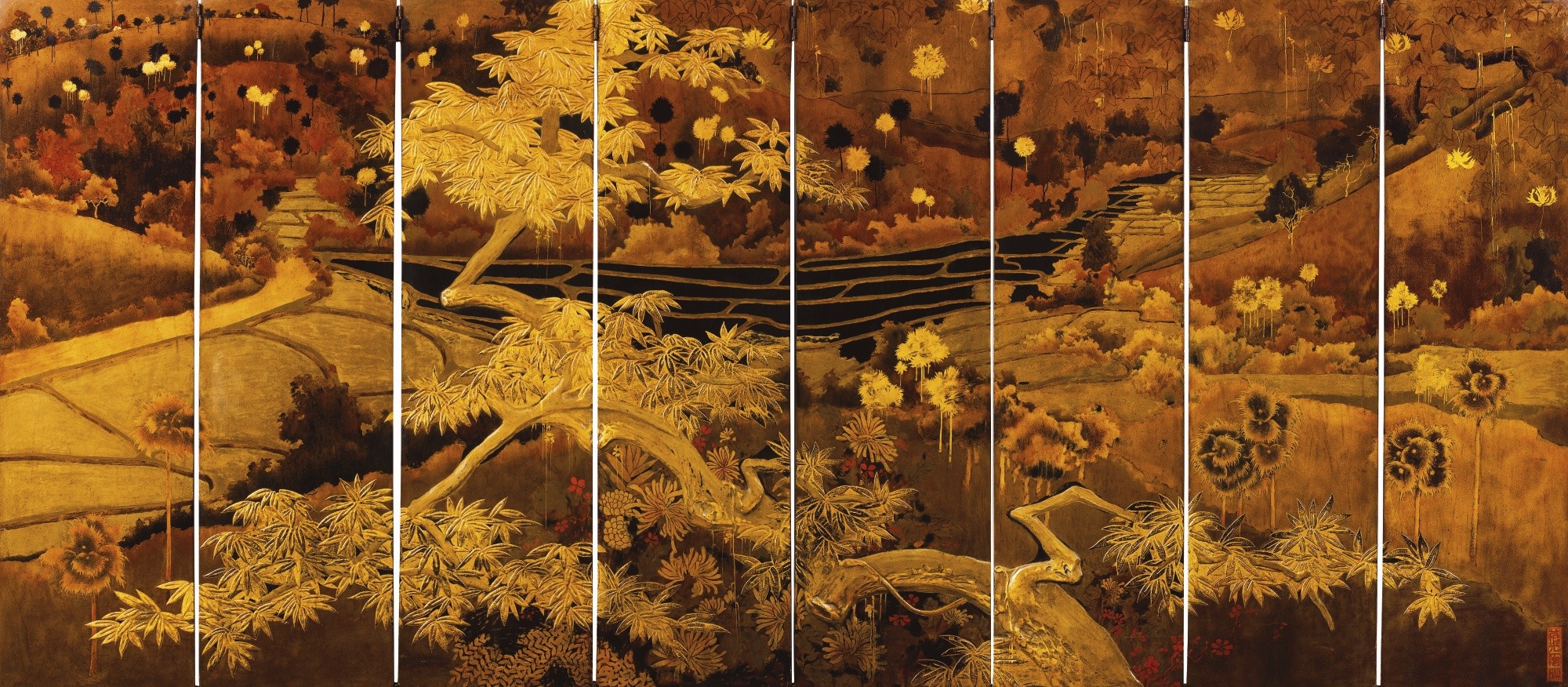
📌 Buying Tips: How to Choose Authentic Vietnam Lacquerware
- ✅ Look for natural sheen—not plastic shine
- ✅ Ask if it uses sơn ta (traditional lacquer) or synthetic alternatives
- ✅ Prefer handmade items from villages or fair-trade galleries
- ✅ Check for certification if buying high-value art pieces
Avoid tourist-market mass products, which are often painted or printed and lack the durability and artistry of real lacquerware.
🛒 Where to Buy Vietnam Lacquerware
| Location | Recommendation |
| Hanoi | Hanoia, Craftlink, 54 Traditions Gallery |
| Ho Chi Minh City | Saigon Craft, Lạc Art, Decosy |
| Online | Hanoia.com, Vietcraft.com.vn |
| At Workshops | Direct purchase during village tours |
📣 Final Thoughts
Vietnam lacquerware is not just decorative—it is storytelling in layers. From the ancient royal courts to modern art galleries, lacquerware remains a vibrant testament to Vietnamese creativity, patience, and soul.
Whether you’re exploring artisan villages, decorating your home, or searching for an unforgettable gift, Vietnam lacquerware offers beauty, meaning, and cultural connection in every brushstroke.
Don’t just bring back souvenirs—bring home a piece of Vietnam’s living heritage with Vietnam Culture.
See more post: Vietnam traditional handicrafts – Timeless artistry illuminating the world

